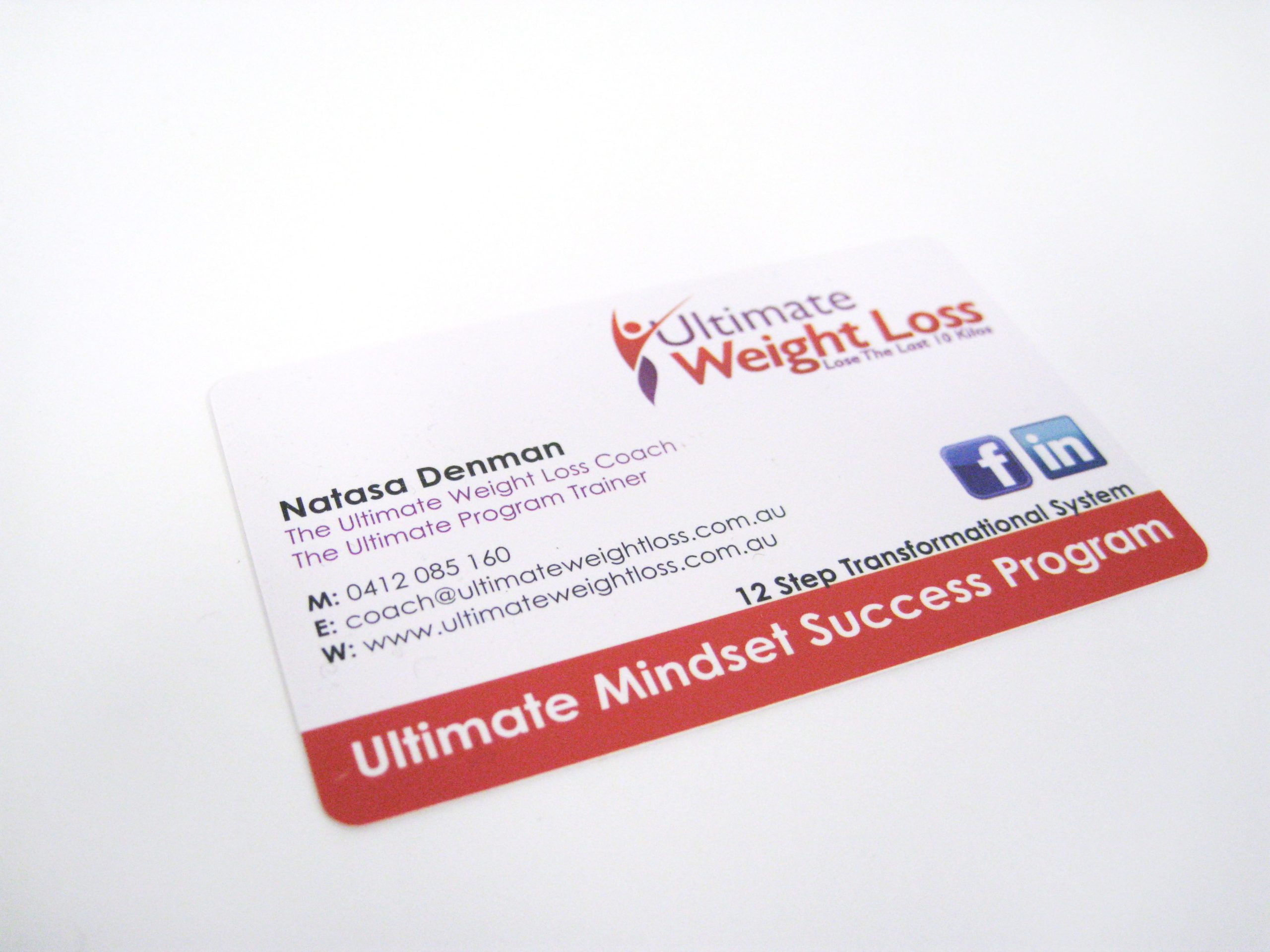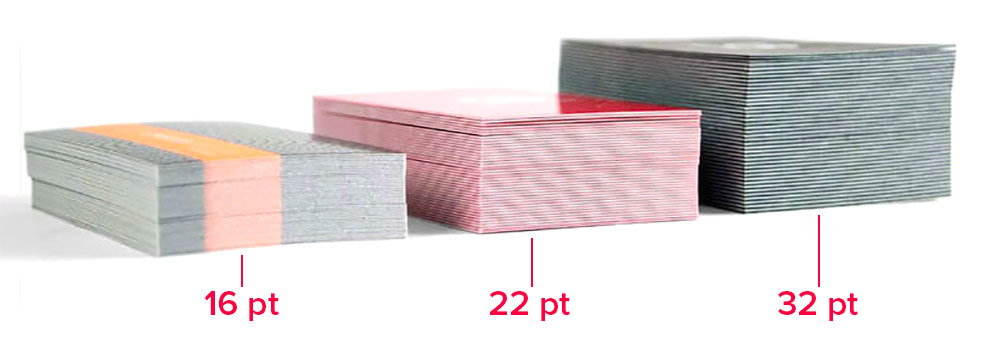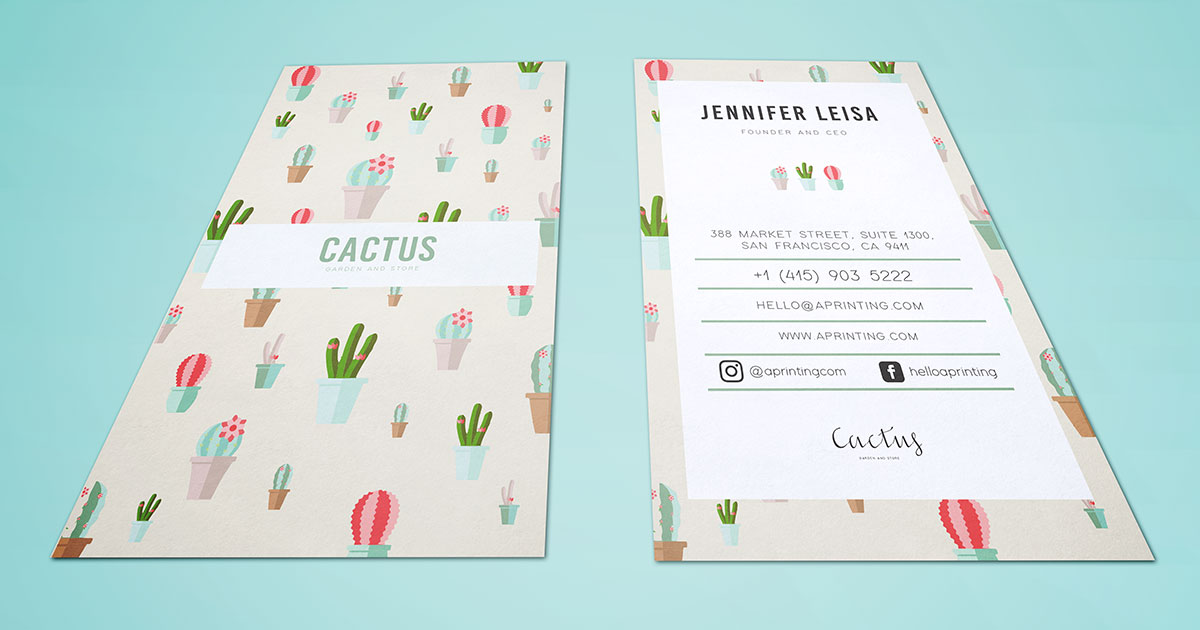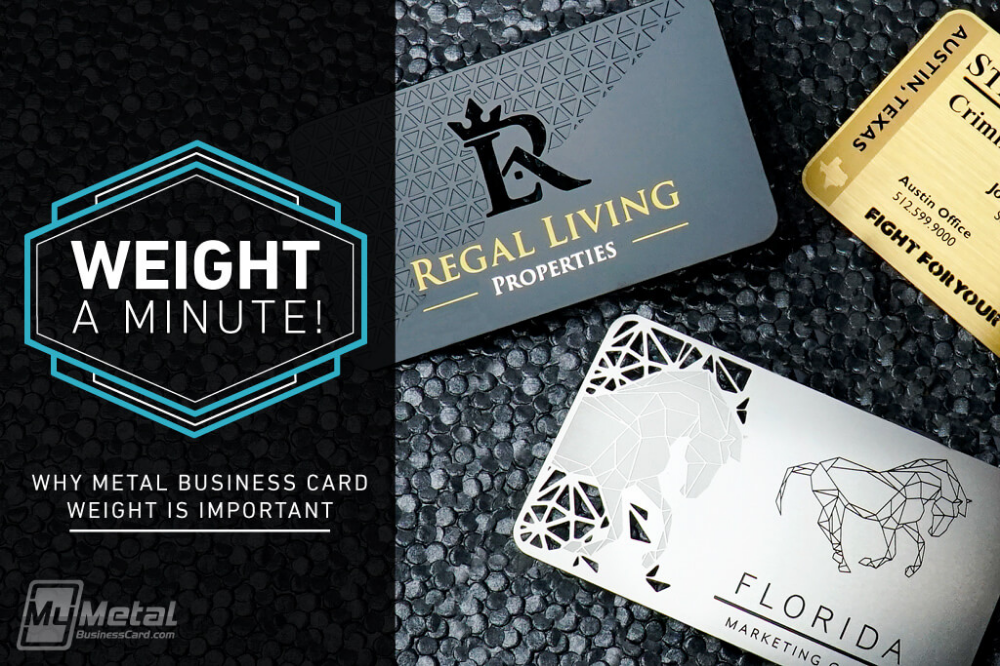
When it comes to networking and making a memorable first impression in the business world, business cards remain an essential tool. They are not only a convenient way to share contact information but also a reflection of your professionalism and attention to detail. While many factors contribute to the effectiveness of business cards, one often overlooked element is the weight of the card itself. In this article, we will delve into why business cards weight matters, the different options available, and how to strike the perfect balance for a lasting impression.
The Importance of Business Cards Weight

While the concept of weight might seem insignificant at first, it plays a significant role in how your business cards are perceived. The weight of a business card can convey qualities such as durability, quality, and attention to detail. A flimsy or lightweight card might leave a negative impression, suggesting a lack of investment or care in your professional image.
On the other hand, a business card with a substantial weight feels more substantial and professional, leaving a lasting impact on the recipient. It denotes a level of effort and thoughtfulness, showing that you take your business seriously and that you strive for excellence in every aspect.
Finding the Right Balance

When it comes to deciding the weight of your business cards, it is crucial to strike the right balance. While a lightweight card may seem cost-effective initially, it may not leave a lasting impression. Conversely, an excessively heavy card can be impractical to carry around, making it less likely to be retained by the recipient.
To find the optimal weight for your business cards, it is essential to consider factors such as your industry, target audience, and overall brand image. A minimalistic design with clean lines and a focus on simplicity might pair well with a lightweight card, as it reflects a modern and innovative approach. On the other hand, a luxurious and sophisticated brand might benefit from a heavier card, creating a tactile experience that aligns with the desired perception.
The Different Options Available
Business card weight is measured in grams per square meter (gsm) and can range from as low as 250 gsm to over 400 gsm. Understanding the available options can help you choose a weight that best suits your needs. Here are some common options:
1. Lightweight Options (250-300 gsm)
Lightweight business cards are often seen as budget-friendly and practical for large-scale distribution. They are thin, flexible, and easy to carry around, making them convenient for networking events or conferences. However, keep in mind that they may not create as strong an impression as heavier options.
2. Standard Options (350-400 gsm)
Standard weight business cards strike a good balance between durability and affordability. They offer a slightly thicker and more substantial feel without being unwieldy. This range is generally preferred by professionals across various industries.
3. Heavyweight Options (400+ gsm)
Heavyweight business cards exude a sense of luxury and exclusivity. They have a sturdy and robust feel that conveys a high level of professionalism and quality. These cards make a strong impression and are often favored by high-end brands and executives.
Factors to Consider

Beyond the weight itself, several other factors can influence the impact and effectiveness of your business cards. Let’s explore some of these crucial considerations:
1. Design Elements
The weight of your business cards should align with your overall design. If your design incorporates intricate details, textures, or embossing, a heavier weight is preferable to enhance the tactile experience. Similarly, a minimalist design may pair well with a lighter weight to maintain a cohesive and harmonious aesthetic.
2. Printing Techniques
Different printing techniques may interact differently with various paper weights. For example, embossing and debossing techniques are more effective on heavier stock, while foiling may require a lighter weight to ensure precise detailing. Therefore, it is crucial to consider your chosen printing techniques when selecting the weight of your business cards.
3. Practicality
While a heavy card may convey a sense of importance, it is important to consider the practicality and functionality of your cards. Will your recipients find it easy to carry around? Will it fit in standard cardholders? It’s important to strike a balance so that your cards are kept and used rather than discarded due to inconvenience.
4. Brand Image
Your business cards should align with your overall brand image and message. Consider the emotions and perceptions you want to evoke when someone receives your card. A lighter weight may signify agility and innovation, while a heavier weight can suggest trustworthiness and reliability.
Conclusion: Making an Impact

In the competitive world of business, every detail counts. While you might initially overlook the weight of your business cards, it is worth considering the impression it can make on others. By finding the right balance and selecting a weight that aligns with your brand image and design, you can ensure that your business card leaves a lasting impact on recipients. Remember, it is not just about sharing contact information; it is about making a memorable impression that sets you apart from the rest. So, choose wisely and create business cards that truly reflect your professionalism and ambition.
So, next time you are ordering business cards, take a moment to consider the weight and its impact. Your cards might just become a reflection of your dedication to excellence and your commitment to standing out in the business world.
Olivia Reynolds, a marketing maven, is passionate about the impact of graphic design on brand success. Her love for outdoor adventures and travel fuels her fresh perspective on the importance of visual aesthetics in business cards and branding.